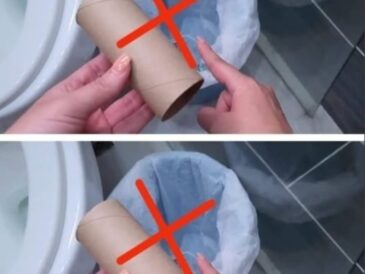- Spray hydrogen peroxide directly on the stained areas or soak a cloth in it and apply.
- Let it sit for 5–10 minutes.
- Scrub gently with a sponge or brush.
- Rinse thoroughly and dry.
Note: Avoid prolonged exposure to hydrogen peroxide to prevent plastic damage. Always test on a small area first.
Method 4: White Vinegar Soak – Penetrating and Natural Disinfectant
White vinegar’s acetic acid can break down stains and kill bacteria.
Instructions:
- Fill the sink or a large basin with equal parts warm water and white vinegar.
- Submerge the cutting board for 30 minutes to 1 hour.
- Remove and scrub gently.
- Rinse and dry.
Caution: Vinegar has a strong smell that dissipates upon drying.
Method 5: Commercial Plastic Cutting Board Cleaners and Stain Removers
Several products are formulated for cutting boards:
- Bar Keepers Friend: A gentle abrasive cleaner safe for plastics.
- OxiClean: Can be dissolved in water to soak the board, helping remove tough stains.
- Cutting Board Renew: Specially designed sprays or creams to remove stains and restore surface texture.
Follow manufacturer instructions carefully to avoid plastic damage.
Method 6: Sanding or Using a Plastic Scraper to Remove Deep Grooves
If black stains are deeply embedded, light sanding may be necessary.
Materials:
- Fine-grit sandpaper (220 to 400 grit)
- Plastic scraper or putty knife
Steps:
- Use the scraper to gently remove loose debris from grooves.
- Sand the stained areas lightly in circular motions to remove the top stained layer.
- Wash thoroughly and dry.
Warning: Sanding will thin the cutting board surface, so only do this if the board is thick enough and stains are stubborn.
How to Prevent Black Stains on Plastic Cutting Boards
- Always wash boards promptly after use, especially after cutting pigmented foods.
- Use separate boards for different food types to avoid cross-contamination and staining (e.g., separate ones for meat and vegetables).
- Dry cutting boards completely before storage to prevent mold and mildew.
- Use plastic-safe cutting board oils or conditioners periodically to maintain surface integrity.
- Avoid using knives with excessive force that create deep grooves.
Natural Remedies for Tough Stains: What Works Best?
- Activated charcoal paste: Mix activated charcoal powder with water for a paste to absorb deep stains.
- Baking soda and hydrogen peroxide mix: Form a paste combining both for tougher bleaching and scrubbing action.
- Potato and salt scrubbing: Cut a potato in half, sprinkle salt on the cutting surface, and scrub the board. Potatoes contain enzymes that help lighten stains.
How to Restore and Extend the Life of Your Plastic Cutting Board
When staining is severe, and cleaning doesn’t fully restore the board, consider these rejuvenation tips:
- Disinfect regularly with diluted bleach solution (1 tablespoon bleach per gallon of water) for 5 minutes, then rinse well.
- Use a plastic cutting board oil (mineral oil or specialized products) to fill micro-grooves, preventing dirt buildup.
- Replace old or warped boards once they become unsafe, but only after exhausting all cleaning options.
FAQs About Cleaning Plastic Cutting Boards
Can black stains on plastic cutting boards harbor bacteria?
Yes, stains in grooves can trap bacteria. Proper cleaning and disinfecting prevent bacterial growth.
Is it safe to use bleach on plastic cutting boards?
Used properly in diluted form, yes. Avoid overuse and always rinse thoroughly.
Can I put plastic cutting boards in the dishwasher?
Many plastic boards are dishwasher-safe, but frequent washing may warp them. Check manufacturer guidelines.
How often should I replace my plastic cutting board?
When deep grooves, cracks, or excessive stains remain after cleaning, replacement is safer.
Final Thoughts: Your Plastic Cutting Board Can Look Brand New Again
The good news is, you don’t need to buy a new cutting board just because of black stains. With consistent care and these effective cleaning techniques, you can restore your plastic cutting board’s appearance and maintain its hygiene for years.
Remember, the key is to combine gentle abrasives, natural bleaching agents, and regular maintenance. Whether you choose baking soda, lemon and salt, hydrogen peroxide, or commercial cleaners, patience and persistence will yield impressive results.
Keep your kitchen safe, your food preparation hygienic, and your cutting boards spotless by implementing these methods. The next time you face stubborn black stains, you’ll be equipped with proven solutions to tackle the problem head-on!




